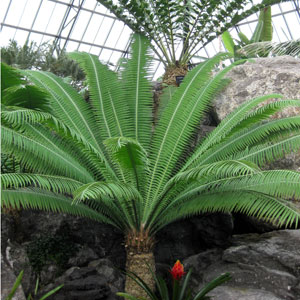Here are a handful of fascinating, little-known facts about some of the weirdest creatures: The best collection of Pangolin facts
Pangolins, often called “scaly anteaters,” are covered in tough, overlapping scales. These burrowing mammals eat ants and termites using an extraordinarily long, sticky tongue, and are able to quickly roll themselves up into a tight ball when threatened. Eight different pangolin species can be found across Asia and sub-Saharan Africa. Poaching for illegal wildlife trade and habitat loss have made these incredible creatures one of the most endangered groups of mammals in the world.
1. The pangolin’s closest relatives are carnivores, but they are the only mammals that are covered in scales. That might be one of the most awesome
animals facts you had no idea before.
2. Pangolin scales are made of keratin, just like our finger nails, and make up 20 per cent of their body weight.
3. The word ‘pangolin’ comes from the Malay word ‘penggulung’, which means ‘one that rolls up’. When it is threatened a pangolin will curl itself into a tight ball, which is impenetrable to predators.
4. The mammal can consume up to 20,000 ants a day. That’s about 73 million ants a year!
5. Pangolins can close their ears and nostrils using strong muscles. This helps protect them from ant attacks.
6. They have long, sticky tongues, which are often longer than their body and attached near its pelvis and last pair of ribs. If a pangolin fully extends its tongue, it is longer than the animal’s head and body! Wanna take a quick look at
funny pictures with captions that can help you relax effectively.
7. Pangolins don't have teeth, so they can’t chew. Instead, they have keratinous spines in their stomach and swallow stones that help them grind up their food in much the same manner as a bird’s gizzard.
8. There are eight pangolin species, four Asian and four African. They include the Chinese pangolin (critically endangered), Sunda pangolin (critically endangered), Indian pangolin (endangered), Philippine pangolin (endangered), Cape or Temminck’s ground pangolin (vulnerable), tree pangolin (vulnerable), giant ground pangolin (vulnerable) and black-bellied pangolin (vulnerable). However, fossil evidence suggests that they evolved in Europe. How much do you know about
tiger facts for kids? Let’s check.
9. Pangolins are hunted for meat, for use in traditional medicine and as fashion accessories. The large-scale illegal trade in Asian pangolins is drastically driving down their numbers.










